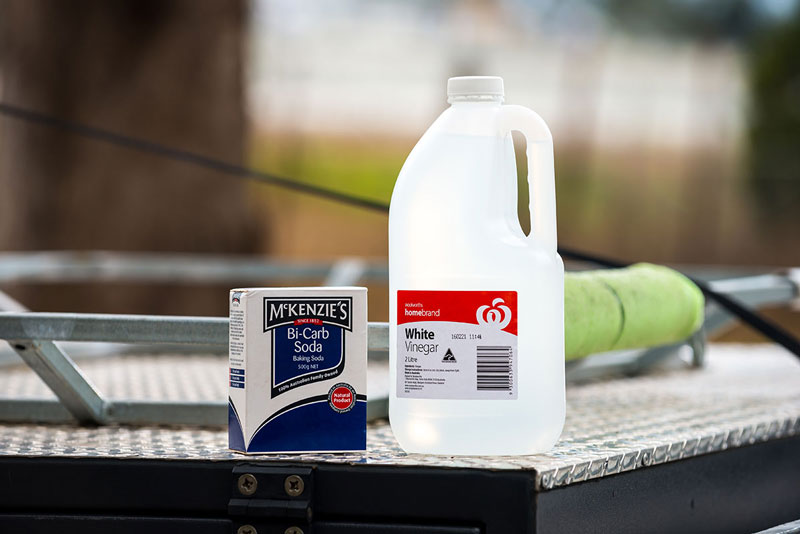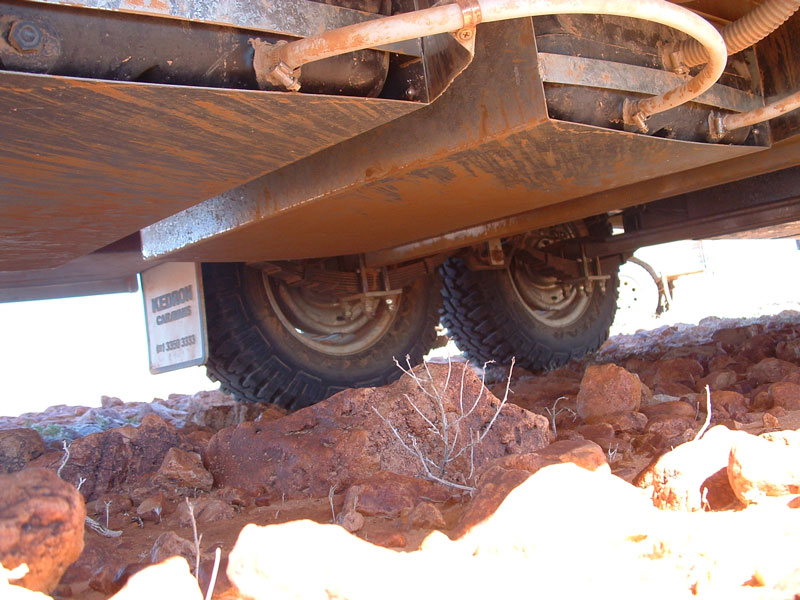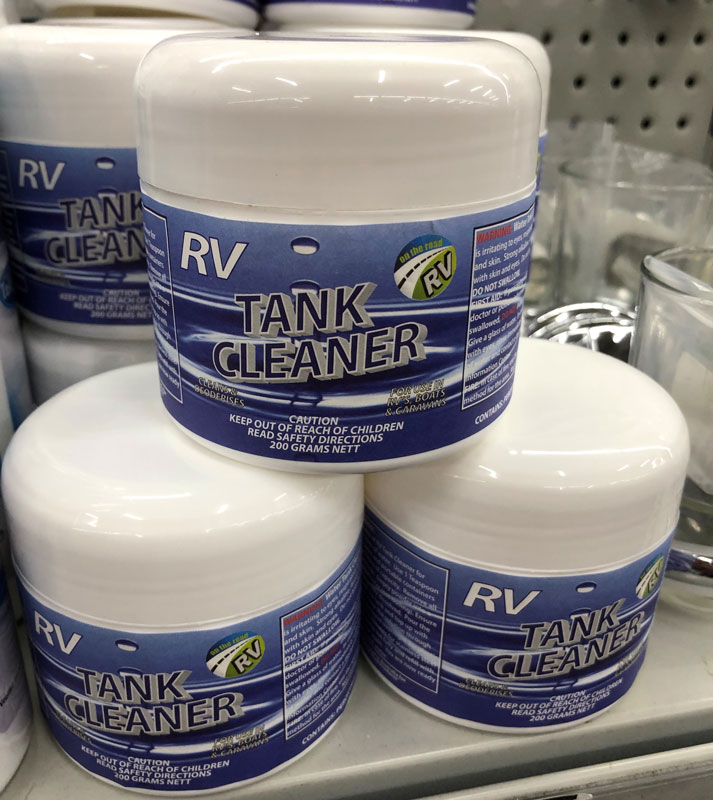How to clean and empty your RV water tanks
Your water tanks are the lifeline of your RV so keeping them clean and in working order is vital.
One of the things that makes our RVs “homes away from home” is their ability to store water in all the forms you may need it on the road. Modern caravans can have as many as four different RV’s water tanks – fresh, grey, black and hot – and knowing how to use, clean, and empty them in order to store your required amount of water is imperative.
While tanks for fresh water and hot water (for your heater, etc) are fairly common and self-explanatory, not all RVers may carry grey or black water. Grey water is the drainage from the kitchen sink, bathroom wash basin and shower cubicle, and black water is a polite way of talking about sewerage waste from your toilet. Some RVs have the ability to store these waste products in tanks until they can be disposed of in an environmentally friendly way, and this is known as ‘self-containment’.
It’s important to know what these tanks do, how they work, and how much water they store as water adds a significant weight to your RV’s payload. However, a grey water tank wouldn’t usually factor in, it as it is assumed that when the fresh water tanks are full, the grey tank is empty.
FILLING AND MAINTAINING THE RV WATER TANKS
Filling all those RV water tanks is quite easy – the fresh water tanks can be filled from a hose, the hot water tank directly from the fresh water tank, and the grey and black tanks from the respective utility drainages. But cleaning and maintaining the tanks is a little more involved.
Fresh water tanks
It is possible for harmful bacteria and algae to grow in fresh water tanks. which must be avoided at all costs. Though algae-growth is relatively unlikely because algae requires sunlight to grow and unless your RV has clear water lines, there’s a low risk of that happening.
Accidental use of dirty water or using water with high mineral content causes scale / sediment build up on the walls of the tanks and on the water sensors. This in turn leads to the incorrect water tank readings on the caravan monitor systems, such as Trek, JHub or Odyssey.
To ensure your water is safe to drink and you have the correct information on how much water you have, which is crucial when free camping, clean your RV water tanks on the regular basis.
Fresh water tanks can be difficult to access, due to their location under the chassis. Water tanks onboard European RVs are usually installed above the chassis, making them easier to reach, and also feature large bung holes for easy cleaning and drainage. Water tanks on Australian RVs, however, have small filler and drain holes only. So, to drain the fresh water tank, you need to get under the RV and remove the lower hose connection.
To clean your RV water tanks, you’ll need to use a cleaning agent like bicarbonate of soda and white vinegar, a bleach solution, or a commercially available product. Add that to the water tank and then run the solution through all the taps in the RV for at least a minute (if you have a water filter, bypass that). Once that’s done, drain the tank, then refill and drain it again. All the fresh water system should now be clean.
Grey water tanks
Grey water tanks are a different matter. It doesn’t really matter what condition the water is in, unless it starts to give off an obnoxious smell. But you will need to drain it when it gets full and this can be done by simply opening the drain valve. There are various chemical solutions available to help clean the tank during this process. Just remember, in all cases, the waste water should be disposed of in an environmentally friendly way.
Black water tanks
Black water cassette tanks are obviously high risk for producing odours but are probably the easiest to deal with, as all you have to do it remove the cassette tank, wheel it to the nearest dump point, drain it, hose it out and add the appropriate chemicals.
Hot water heater tanks
Hot water heaters also need cleaning and draining. Make sure that the gas/electric heaters are turned off, the pressure relief valve is operated and the tank water is cool enough not to cause scalding. In all cases, you should read the instruction manual first for the finer details. Some manufacturers, for instance, don’t fit a drain plug, instead removing the sacrificial anode which does a combined job. That’s also a good opportunity to check the sacrificial anode too.
Like this Post? Share it!






